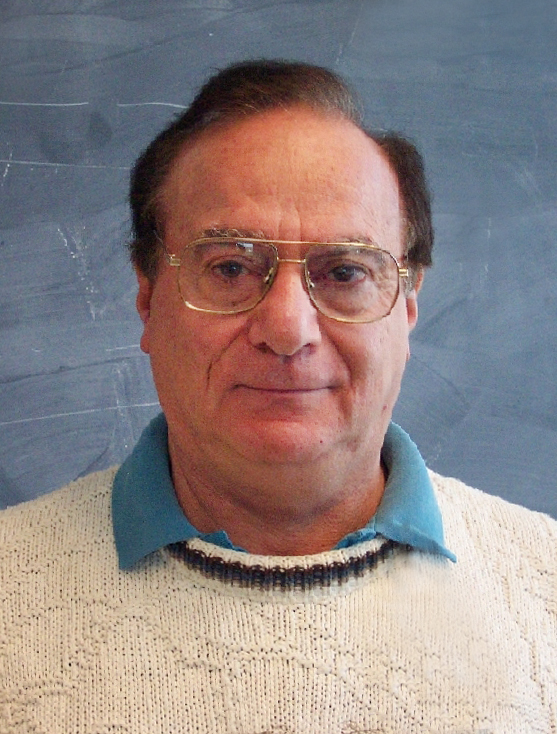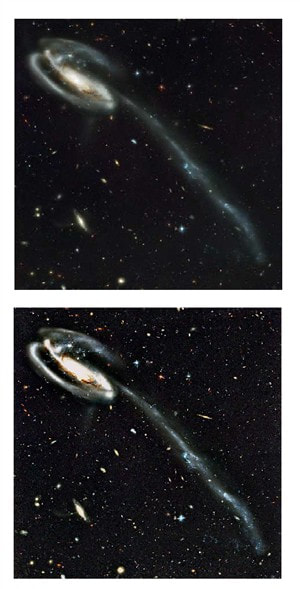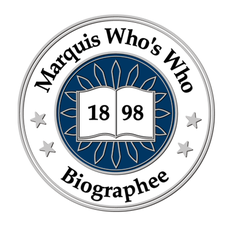Alfred Samuel Carasso
|
Alfred Carasso is a problem-solver with nearly five decades of experience. After earning a PhD in mathematics at the University of Wisconsin in 1968, Carasso's subsequent research work, influenced by Seymour V. Parter, led to some notable accomplishments. Since 1982, Carasso has worked as a mathematician at the National Institute of Standards and Technology. Prior to that, he was a professor of mathematics at the University of New Mexico, and a visiting staff member at the Los Alamos National Laboratory. He began his career as a meteorologist with the Bureau of Meteorology in Australia. Alfred Carasso has made significant contributions to the deconvolution problem, and to such related areas of mathematical analysis as ill-posed continuation, holomorphic semigroup theory, and first kind integral equations. He invented stabilized explicit finite difference schemes, marching backward in time, that can solve ill-posed, time-reversed, multidimensional initial value problems, for nonlinear parabolic equations, viscous wave propagation, thermoelastic vibrations, coupled sound and heat flow, viscous Burgers' equations, and most recently, two-dimensional incompressible Navier-Stokes equations. A major application of Carasso's work on marching diffusion equations backward in time, lies in his patented image deblurring procedures. Carasso invented the SECB stabilizing constraint, the Poisson Singular Integral (PSI) method for recovering texture, and the APEX method in blind image deconvolution. He then used these new tools to significantly enhance Hubble Space Telescope imagery, Scanning Electron Microscope nanoscale images, and MRI and PET brain scans. Alfred Carasso's interest in reconstructing the past was inspired by his beloved wife Beatrice, whose keen appreciation of French literature led to frequent discussions about the role of `involuntary memory' in Marcel Proust's landmark novel, `In Search of Lost Time’. In the field of Operator Theory, Alfred Carasso collaborated with Tosio Kato, on a necessary and sufficient condition for an infinitely divisible distribution to subordinate a holomorphic semigroup in a Banach space. The resulting Carasso-Kato theorem spawned a great deal of interest, and led to additional fruitful research. Fractional and logarithmic diffusion equations are examples of subordinated processes, and marching backward in time in such equations was the key to the successful APEX blind deconvolution of Hubble Telescope imagery. Alfred Carasso is a Fellow of the Washington Academy of Sciences. In 2019, he received the Academy's lifetime achievement award for "Excellence in Research in Applied Mathematics." Alfred Carasso maintains memberships with the Society for Industrial and Applied Mathematics and the American Mathematical Society. He is also a member of the Cosmos Club in Washington, DC, and has been listed in the following Marquis Who’s Who publications: Who's Who in America (20 Editions)
Who's Who in Science and Engineering (12 Editions) Who's Who in the East (14 Editions) Who's Who in the World (12 Editions) |


